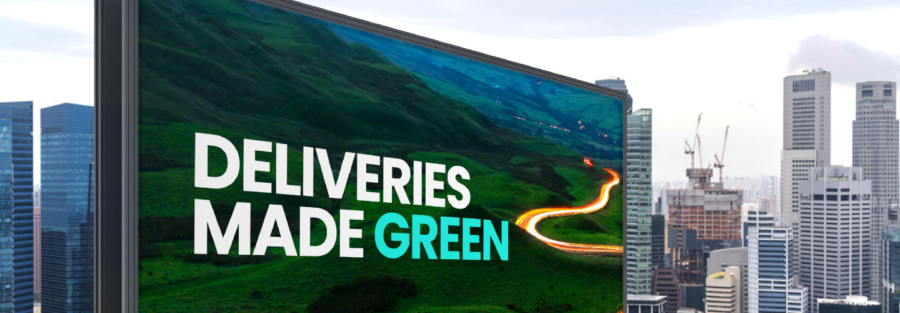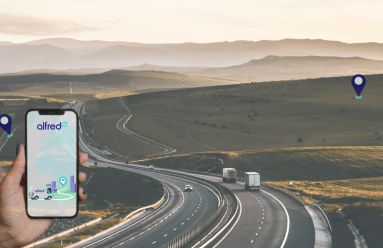Are Out-of-Home Delivery Actually Green?

We tend to think Out-of-Home Delivery as inherently green, and thus sustainable.
After all, that’s why we’re all in the industry.
However, when you analyze the data and the numbers is it actually green?
After all, sometimes consumers need to drive to pick up their parcels from a central collection point.
And sometimes those distances are pretty far if the consumer lives in a rural area.
Luckily for us Paul Buijs, of Department of Operations at the University of Groningen took the guessing out of the equation for us (to put it lightly) in his paper A greener last mile: Reviewing the carbon emission impact of pickup points in last-mile delivery.
For those of you that don’t like reading University grade academic papers, we went to the trouble of summarising the key topics below.
Also, check out the podcast to listen to the man himself.
How does OOHD improve the efficiency of delivery routes?
In simple terms, each delivery into a smart locker or central pick-up point means one less individual home visited, and thus one less delivery.
This, however, we know.
What is interesting to find out however is the actual statistics behind that piece of information.
If OOHD is 10% of all deliveries on the route, then the route length ends up being 5% shorter
A shorter route equals:
- Fewer costs
- Fewer emissions
- Greener e-commerce
Additionally, OOHD can increase the operating time of the delivery van, as it reduces the number of stops per route
- Less stops equal more time actually delivering parcels
- Improved load factor
- A larger amount of potential field deliveries per route
By cutting down the stop time to 2 min per delivery with 5 vehicles per route, there’s the opportunity to take one delivery van completely out of the equation!
Where’s the catch?
The variable on the other side of the equation is what happens when a large number of consumers drive to pick up their parcels from a central pick-up point.
Well, there’s data to support that as well.
From the study in the Netherlands, 54% of consumers across the country picked-up up their parcels from a central location, with the actual distance from their house needed to use a car really small.
Due to the natural process of driving and trip-chaining – ie. doing multiple chores or tasks in the same trip
This point highlights some key things for locker network builders to consider
- 13% is the ceiling percentage of drivers who go pick up their parcels before their driving outweighs the deliveries’ green benefits
- A dense locker network where no consumer is more than 400m from a central pick-up location is what the data shows are the ideal distance before other factors take over
- Smart lockers have to be convenient and easy or consumers will revert to tried and tested e-commerce methods
Finding the balance is the key and smart lockers where the sustainable benefits outweigh the potential costs tend to be:
- Small-medium sized
- High use of convenient public transport
- Low use of personal cars
- High value on convenience
Such as our home city of Hong Kong.
Well, what does everyone else think?
How do we export this model to other cities that don’t fit the criteria.
Let us know.


